On June 1, 1909, the Alaska-Yukon-Pacific Exposition opened in Seattle, Washington. The Expo honored the purchase of Alaska, the Klondike Gold Rush, and trade in the Pacific.
The exposition had stemmed from an idea of Godfrey Chealander. Chealander had worked on the Alaska Territory Exhibit at the 1905 Lewis and Clark Exposition in Oregon and wanted to build a permanent exhibit about Alaska in Seattle.
Chealander shared his idea with the editor of the Seattle Times, who thought Seattle should host its own exposition to out-do the one in Oregon. They combined their ideas and soon gained the support of the local government. The state then agreed to endorse the fair as long as it produced four permanent buildings on the University of Washington campus, where it was to be held. Among the buildings constructed was the largest log cabin ever built.
As planning progressed, the scope of the exposition expanded to include the Yukon Territory in Canada where the original Klondike gold strikes had occurred, as well as the Pacific to honor trade with Asia. The expo then became known as “A-Y-P” for short.
Initially they had planned the expo for 1907 to mark the 10th anniversary of the Klondike Gold Rush. However, when they heard that the Jamestown Exposition would be held that year, they delayed the fair until 1909.
The Alaska-Yukon-Pacific Exposition opened to the public at 8:30 a.m. on June 1, 1909. Army and Navy bands treated visitors to performances. Then at 3 p.m. Seattle time, President William Howard Taft opened the exposition “by touching a gold [telegraph] key, studded with gold nuggets taken from the first mine opened in the Klondike region.” Once the telegraph spark was received in Seattle, a gong was struck, the US flag unfurled, and a 21-gun salute fired volleys. The fair’s opening day was declared a city holiday and some 80,000 people attended that day alone. The fair would see its highest attendance on Seattle Day, when 117,013 people attended.
Japan and Canada were the only foreign countries to have entire buildings for their exhibits, though several other countries did send small exhibits. One of the popular American exhibits was a scale model of the Newcastle, Washington, coal mine. There were also several dioramas of Seattle scenes which visitors could see for themselves by taking the trolley. There was a Woman’s Building that showed the role women played in settling the West and there was a reenactment of the Civil War Battle of the Monitor and Merrimack. Among the fair’s attendees was William Boeing, the future founder of Boeing. He later said that he had seen a manned flying machine for the first time at the Alaska-Yukon-Pacific Exposition, and that it had instilled in him a fascination with aircraft.
By the time the fair closed on October 16, 1909, it had seen over 3.7 million visitors. Some of the buildings constructed for the fair are still in use today and the statue of William Seward made for the expo now stands in Volunteer Park.
The Alaska-Yukon-Pacific Stamp
In 1908, the exposition committee asked the Post Office Department to produce a special set of commemorative stamps to publicize the event. Initially, the Post Office refused. However, they later agreed to produce a single commemorative stamp to honor the occasion.
The original design for the stamp featured a seal on an ice floe. However, the exposition committee, fearing potential visitors would believe Alaska was always cold, opted instead for a portrait of William Seward. As secretary of State under President Abraham Lincoln, Seward negotiated the purchase of Alaska from the Russians for a mere $7,200,000 – less than 2¢ an acre! Believing the new territory was a wasteland of snow and ice, many Americans considered the purchase a foolish one, and Alaska came to be known as “Seward’s Folly,” “Seward’s Icebox,” and “Iceburgia.”
At the request of several vending machine companies, the stamp was also produced in imperforate form. Although the stamps were not the correct size to be used in such machines, manufacturers such as the US Automatic Company, sold the imperforate stamps at the exposition as an advertisement for their machines. A much smaller number of these imperforate stamps were issued.
Click here to view photos from the expo.
| FREE printable This Day in History album pages Download a PDF of today’s article. Get a binder or other supplies to create your This Day in History album. |
Discover what else happened on This Day in History.
Did you know that 18 weddings have been held at the White House over years? And do you know the only president to be married at the White House? Check back tomorrow for the full story.
[yasr_visitor_votes size=”large”]

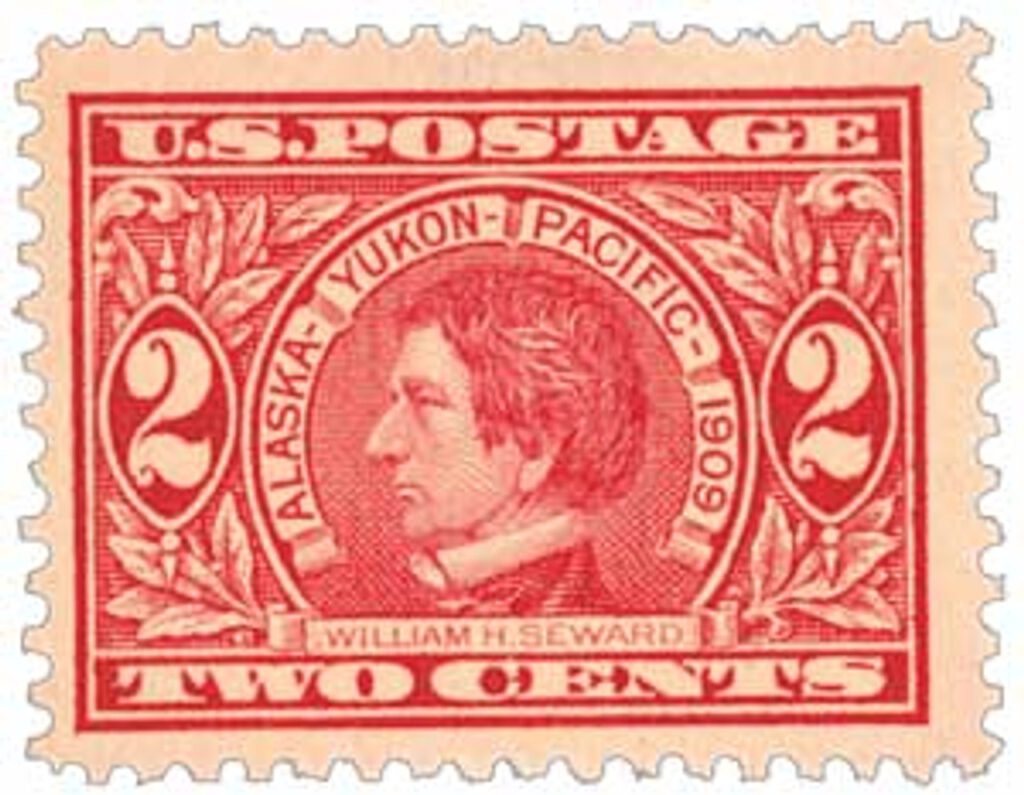
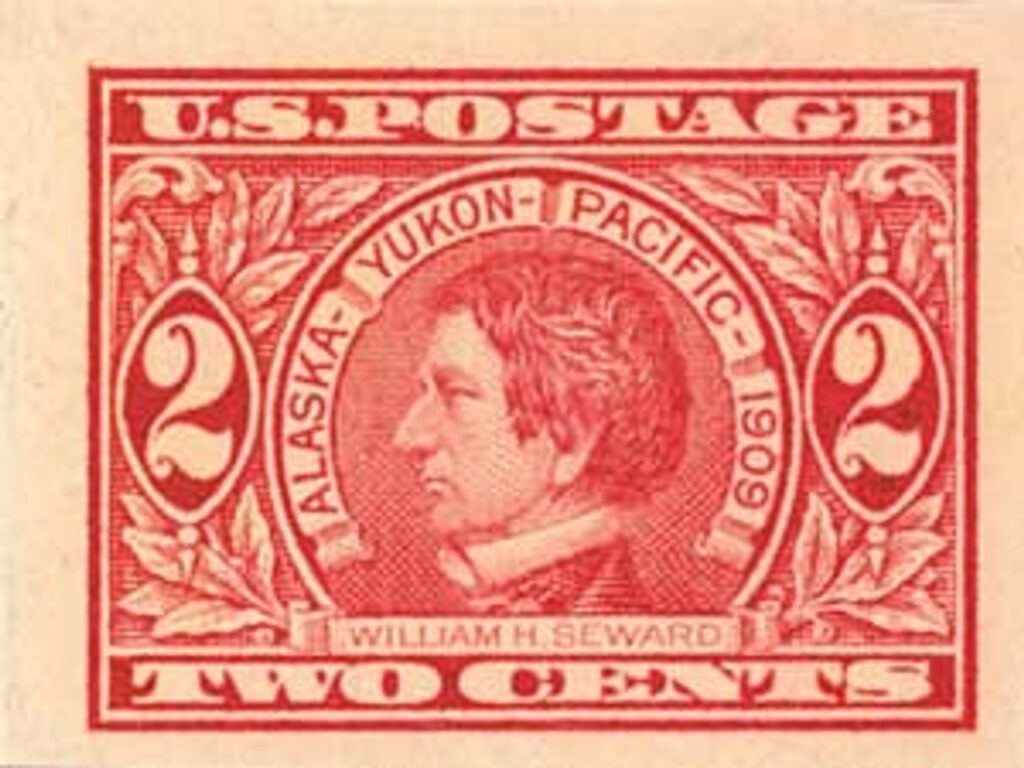
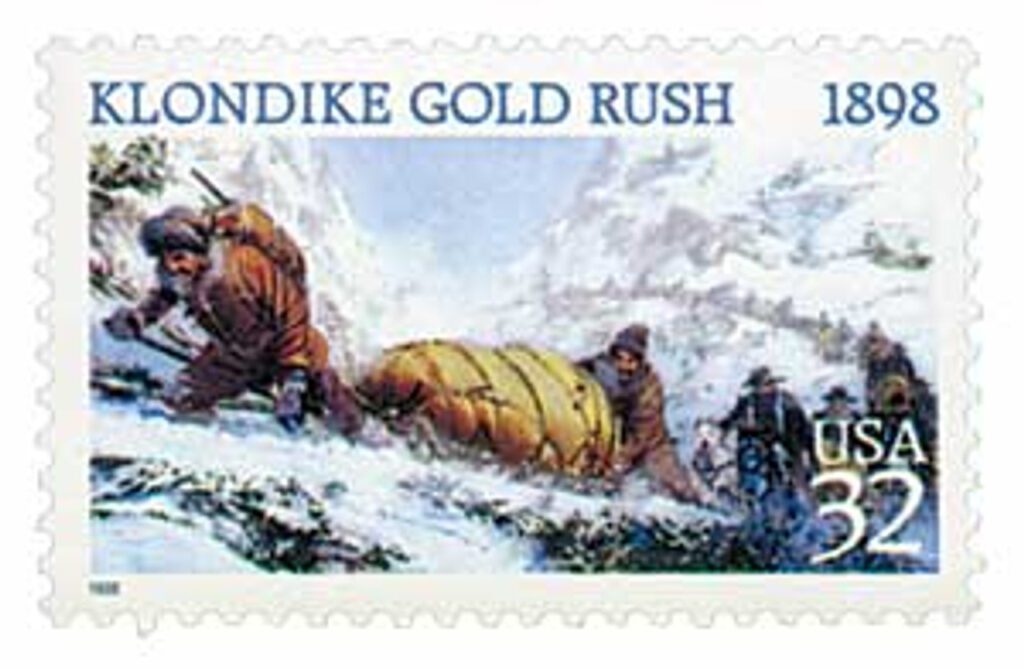

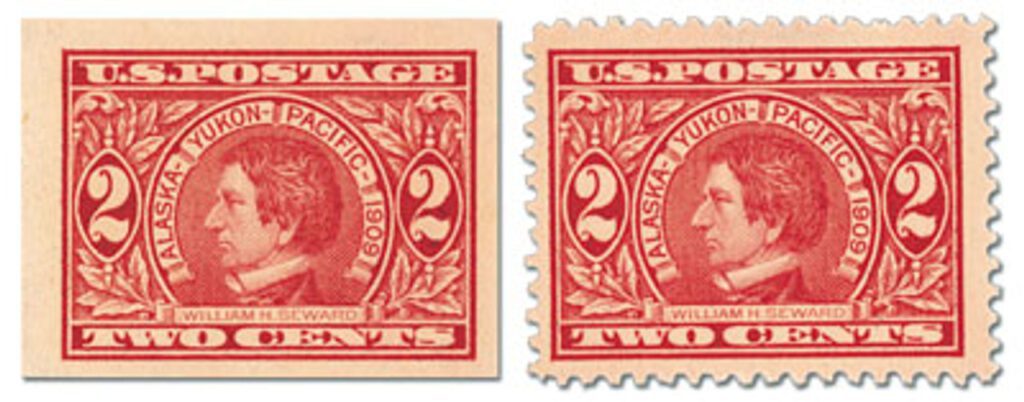
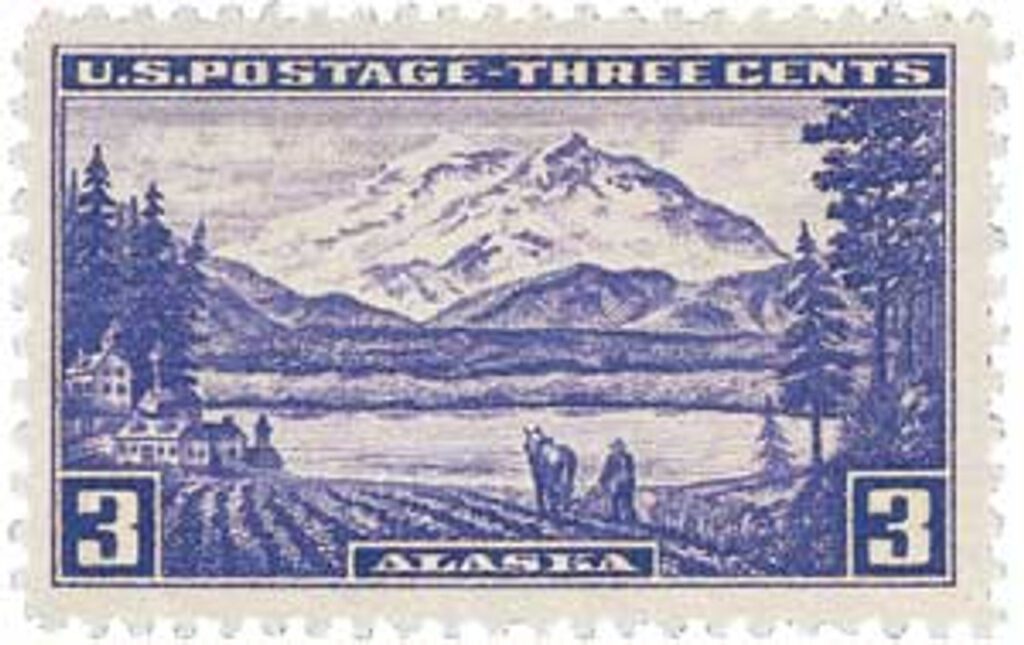
Thank you for the piece of history I had not heard about. It was a very interesting. Again thank you.